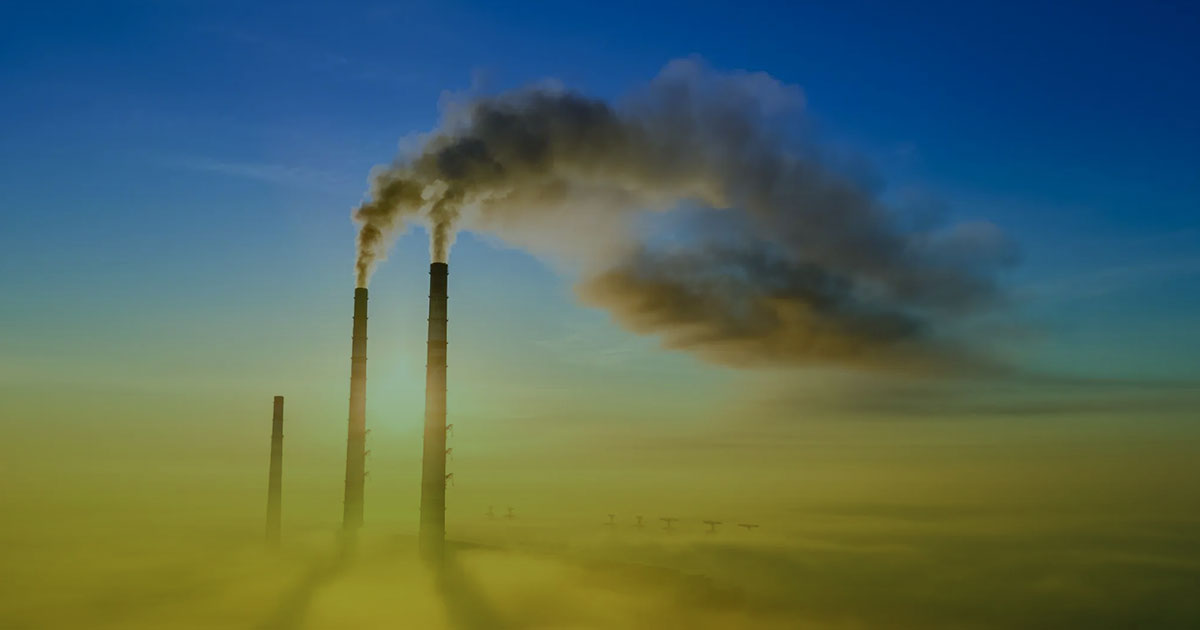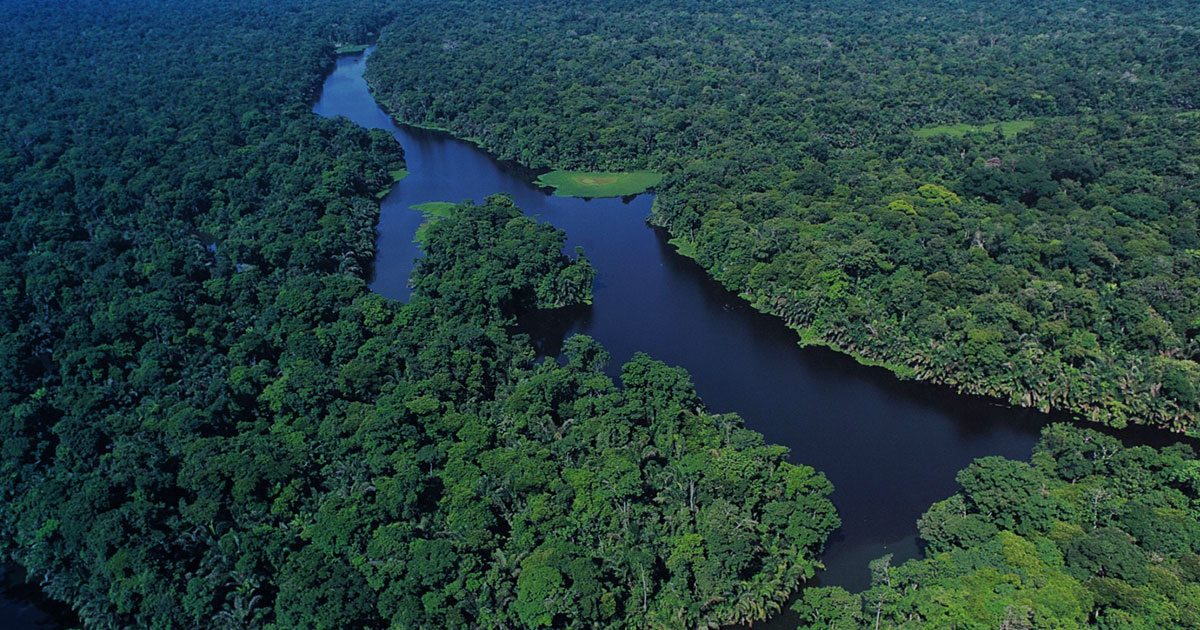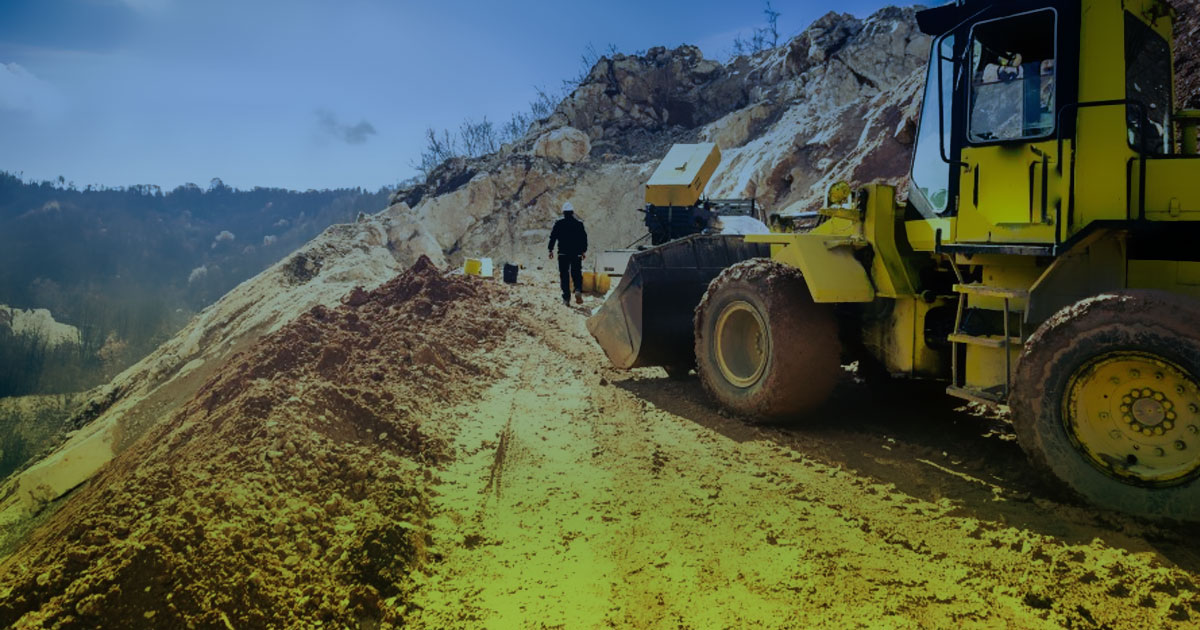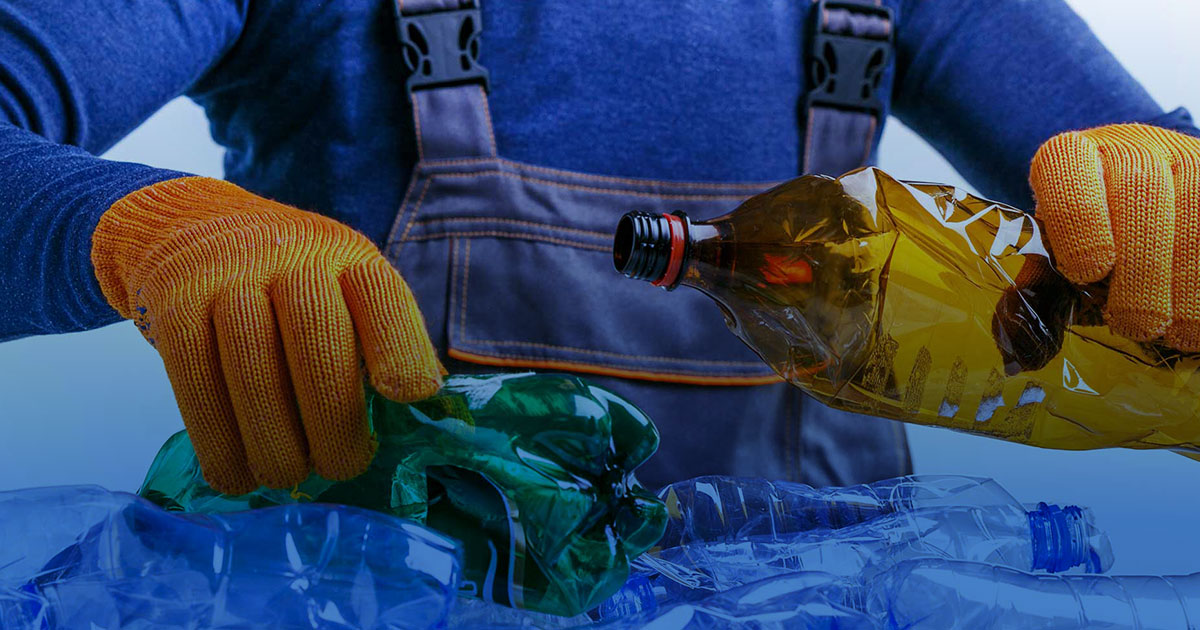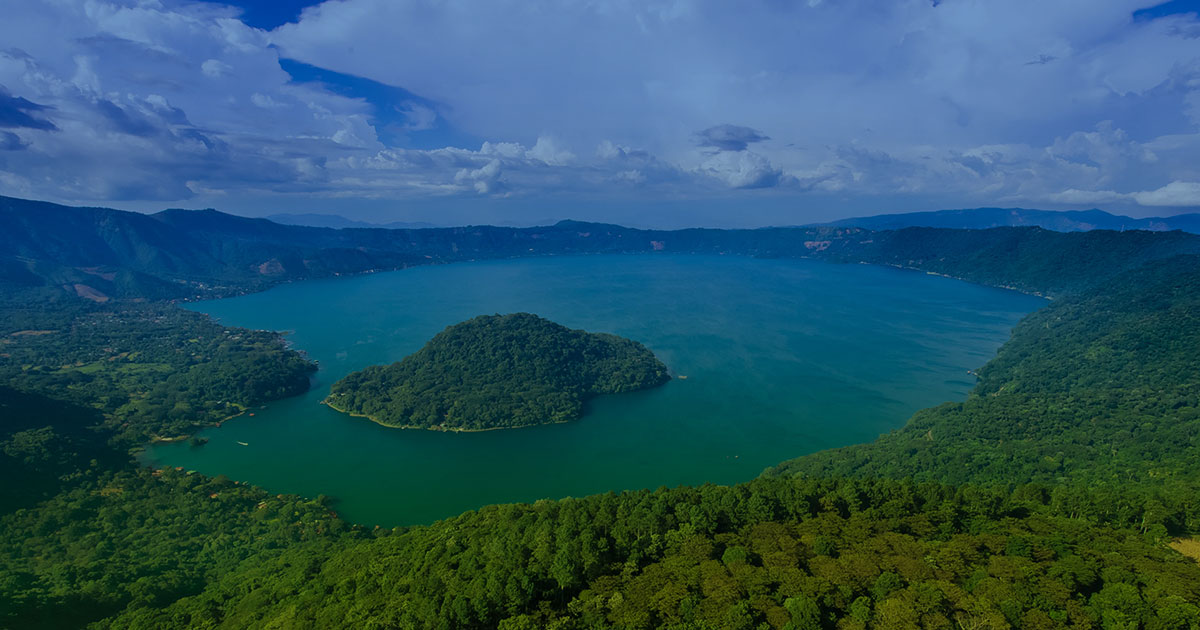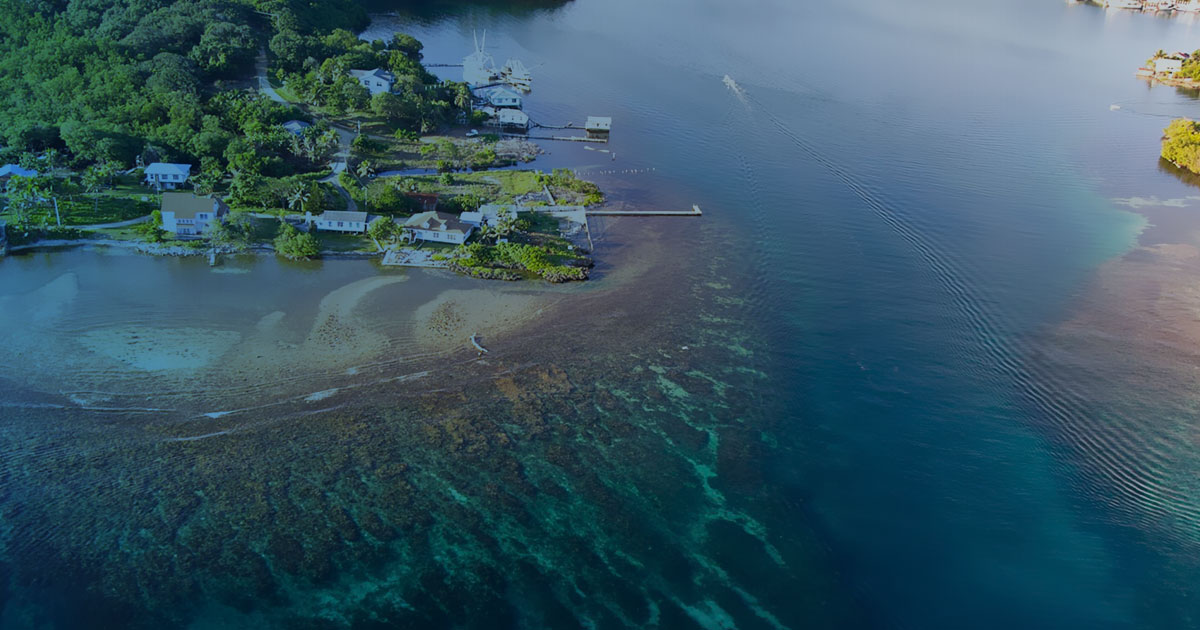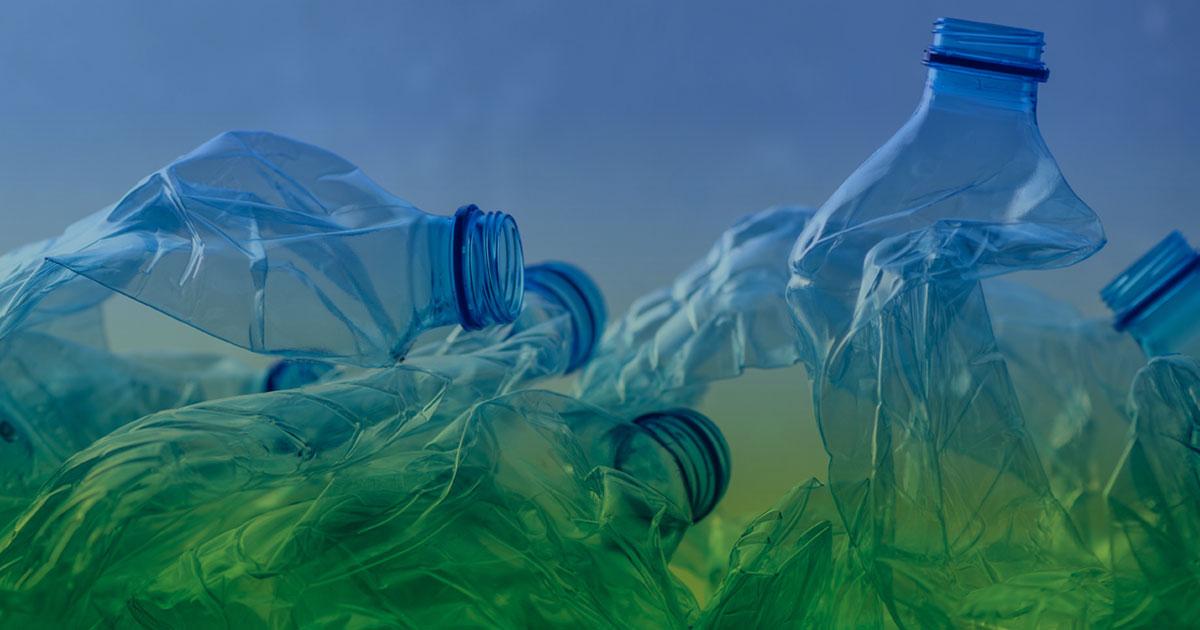One of the main components of the atmosphere are greenhouse gases that accumulate spontaneously and due to human activities are capable of absorbing infrared radiation (heat release) from the earth’s surface, increasing and retaining heat in the earth. That is, they are those gases present on the surface of the atmosphere that give rise to the greenhouse effect.
Most GHGs are of natural origin. The abnormal increase in the concentration of GHG in the atmosphere twenty years ago according to the Report of the Intergovernmental Panel on Climate Change with acronym in English IPCC is the product of the activities that man has been carrying out since the pre-industrial era. These have caused global warming which results in increased temperatures on land, air and oceans. Every year it can be seen that the climate is deteriorating rapidly, due to inappropriate human activities, causing the main problems in the environment and in people’s health. Among the main repercussions are the impacts to; health, agriculture, forests, water resources, coastal zones, wetlands, infrastructure, which affect all aspects of human life.
Human activities cause the production of Greenhouse Gases (GHG) to increase, according to the United Nations Organization. Fossil fuels are used to generate electricity, which represent a greater consumption of carbon dioxide (CO2) and for industrial processes, deforestation, decomposition of solid and liquid waste, poor practices in agriculture and livestock, inefficient industrial processes and refrigerant gases.
Climate change is currently registered as one of the greatest global challenges for humanity. To deal with it, mitigation activities must be implemented to reduce greenhouse gas (GHG) emissions and it is also important to establish adaptation measures to climate change to reduce its negative impacts and make the most of the opportunities it generates.
According to the Scientists of the Intergovernmental Panel on Climate Change (IPCC) in their V and latest report (known as AR5, 2013), they report with 95% certainty that human activities with an intensive use of fossil fuels (carbon, natural gas and petroleum-derived fuels) are causing additional global warming to that of natural cycles, and show that on land, in the air and in the oceans global warming is unequivocal. In addition, they conclude that “even if there were the possibility of immediately stopping all greenhouse gas (GHG) emissions, there would in any case be unavoidable damages of considerable magnitude that have already begun to be caused or will occur in the future, being in many irreversible cases.
For what the Intergovernmental Group of Experts on Climate Change establishes in the report of the Working Group II of the AR5: Impacts, Adaptation and Vulnerability, presented in March 2014 the following:
- Forecast for the Central American region: Increase in temperature and sea level, water scarcity, urban flooding, threat to food production, increase in tropical diseases, loss of biodiversity, among others.
- Reaffirmation: Climate change is an indisputable phenomenon that has significant adverse effects and in many cases irreversible consequences, giving prominence to the urban environment as a key sector in terms of adaptation.
For Honduras, the impact of climate change for several years has been a reality that affects all species and ecosystems without distinction, and will continue to be one of the greatest challenges in the years and decades to come. The experiences that Honduras suffers each year in the face of extreme climate change phenomena, such as increased temperatures and heat waves, droughts, short-term torrential rains and floods, and an increase in tropical diseases, have generated great damage, economic and human losses. .
For more than seven years (since 2006) we have been classified as the third most vulnerable country and for the sixth consecutive year (since 2012), as the first country in the world most vulnerable to being hit by the extreme effects of climate change between 1997 -2016.
The report prepared by Germanwatch, according to the Global Climate Risk Index 2018, points out “in relative terms, the poorest developing countries are hit much more severely. The results show that less developed and poor countries are much more vulnerable to climate risks, although monetary losses are substantially higher in richer countries. Loss of life, human emergency and existential threat are also much more widespread in low-income countries.
The effects of climate change and vulnerability that are also evidenced in several national and regional studies and research of great importance, such as those of the Economics of Climate Change in Central America, where it is highlighted that Honduras and the rest of the Central American countries require an annual investment of 1.5 to 8% of their annual GDP to adapt to climate change.
Therefore, climate change is also a reality for the Capital of Honduras, the Municipality of the Central District (DC: Tegucigalpa and Comayagüela), an aspect that has become more acute after the ravages that Hurricane Mitch in 1998 left on the economy, health , infrastructure of the Central District among others, which shows the urgency of having a capital prepared to adapt to the effects of climate change.
Cities have gained prominence in climate action due to their direct intervention in the territory and their proximity to neighbors and institutions. A large part of the global greenhouse gas (GHG) emissions are generated in them and, on the other hand, they are evident in greater The National Adaptation Plan is currently in its final draft version, in the “public hearing” phase in an Open Government Platform, to receive comments or observations. Once this stage is completed (until March or April 2018), it will be updated and the impacts of climate change will be considered as the final version.
It should be noted that the Government of Honduras already has a National Adaptation Plan (PNA), through the National Climate Change Directorate (DNCC) of MiAmbiente.
The way to face and combat climate change is through adaptation and mitigation; Mitigation consists of reducing greenhouse gases (GHG) through:
- Renewable energy projects.
- Energy efficiency projects.
- Capture of methane from wastewater and municipal dumps.
- Recovery of degraded areas.
- Avoid deforestation.
- Use of Biomass to generate electricity.
- Biodigesters (Use of the gas and organic fertilizer that is produced.
- Efficient kitchens.
- Avoid the use of urea.
- Activities that help to stabilize GHG in the atmosphere, control the increase in the earth’s temperature and reduce the vulnerability of Honduras and the Global Climate System.
Adaptation is the answer to survive the extreme effects of climate change by implementing;
- Improve early warning and monitoring systems.
- Relocation from stable areas to populations living in high-risk areas.
- New ways of building (Bridges, Roads, Houses, ETC.).
- New forms of land use without fertilizers (Urea fertilizers heat the earth 380 times more than CO2).
- New forms of livestock activities.
- Disaster risk preparedness.
This seeks to learn to live with the extreme effects of climate change, to reduce human and material losses; But it does not diminish the country’s vulnerability to the extreme effects of climate change.
